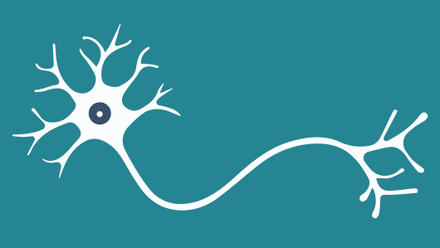- You are here:
- Connecting minds. Advancing neuroscience.
- Education & Training
- Education
- Resources for Schools
Our toolkits make it easy to bring neuroscience to the classroom. Whether you're a neuroscientist, teacher, or parent, these resources provide everything you need to deliver engaging, age-appropriate activities.
For neuroscientists:
Ready-to-use materials for effective school outreach.
For teachers:
Interactive lessons based on the latest neuroscience research.
For parents & carers:
Fun, educational activities for home learning.
For primary students (ages 5-11) – Fun, interactive learning
26 Mar 2025
Primary: Mental Health PowerPoint
26 Mar 2025
Primary: Mental Health information sheet
26 Mar 2025
Primary: The Nervous System information sheet
26 Mar 2025
Primary: Learning and Memory information sheet
26 Mar 2025
Primary: What's a scientist? PowerPoint
26 Mar 2025
Primary: What's a scientist? Information sheet
26 Mar 2025
Primary: Drug Development: PowerPoint
26 Mar 2025
Primary: Drug Development information sheet
26 Mar 2025
Primary: Neuroethics PowerPoint
26 Mar 2025
Primary: Neuroethics information sheet
For secondary & sixth form (ages 12-18) – In-depth exploration

26 Mar 2025
Secondary: Neurons Information sheet

26 Mar 2025
Secondary: Neuronal communication Upper Secondary PowerPoint

26 Mar 2025
Secondary: Neuronal communication Lower Secondary PowerPoint

26 Mar 2025
Secondary: Nervous System PowerPoint

26 Mar 2025
Secondary: Nervous System Information sheet

26 Mar 2025
Secondary: Brain Anatomy Brain Model without Labels

26 Mar 2025
Secondary: Brain Anatomy Brain Model with Labels

26 Mar 2025
Secondary: Brain Anatomy information sheet

26 Mar 2025
Secondary: Learning and memory PowerPoint

26 Mar 2025
Secondary: Learning and memory Information sheet

26 Mar 2025
Secondary: Drug Development PowerPoint

26 Mar 2025
Secondary: Drug Development Information sheet

26 Mar 2025
Secondary: Neuroethics PowerPoint

26 Mar 2025
Secondary: Neuroethics Information sheet

26 Mar 2025
Secondary: Teenage Brain PowerPoint

26 Mar 2025
Secondary: Teenage Brain information sheet

26 Mar 2025
Secondary: Drugs and Addiction Info and help flyer

26 Mar 2025
Secondary: Drugs and Addiction Information sheet
Fun, interactive learning for young neuroscientists
One-hour webinars include:
- Interactive challenges & quizzes
- Hands-on activities—like making a brain hat with everyday materials
- Q&As with real BNA neuroscientists


